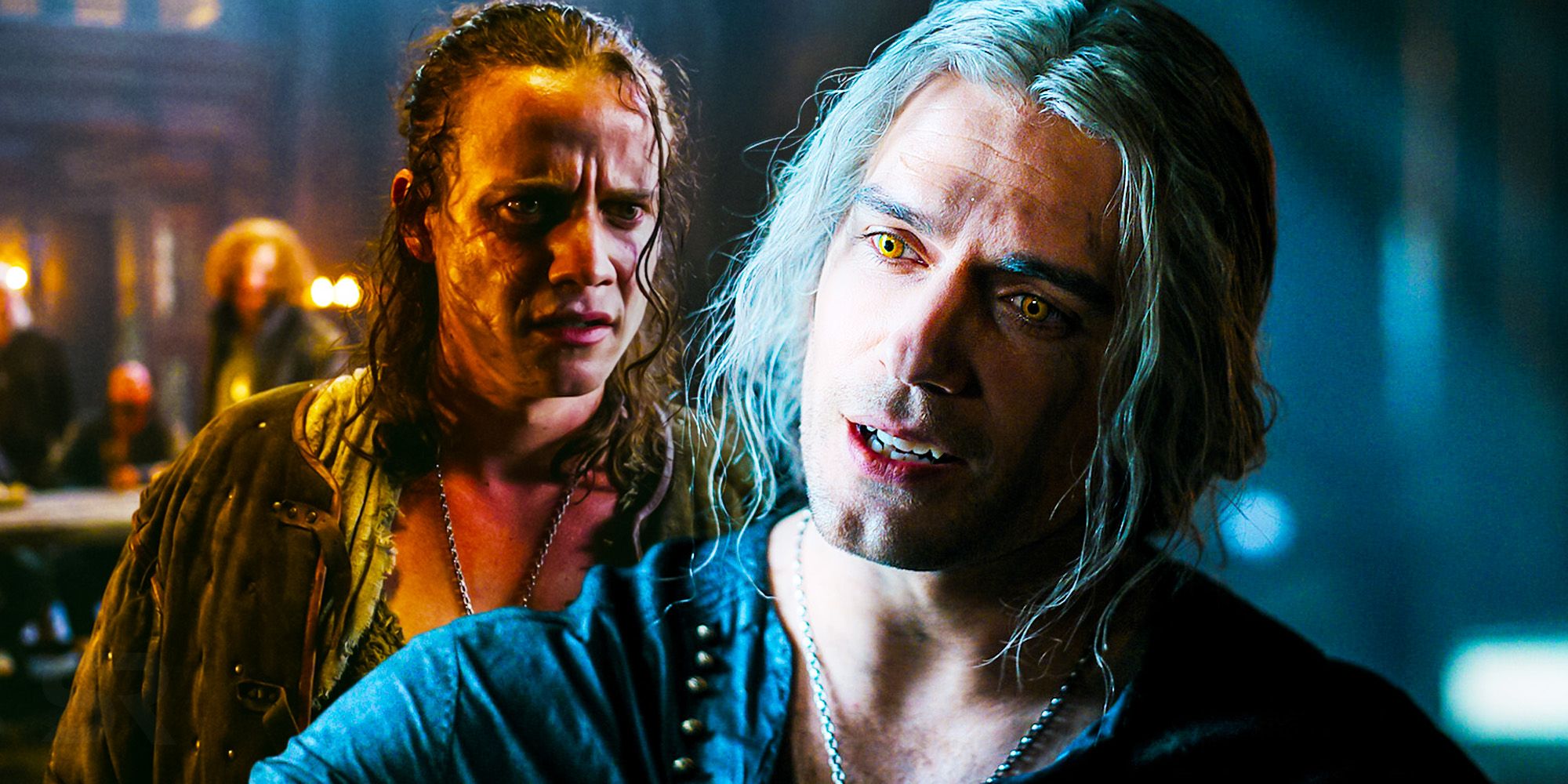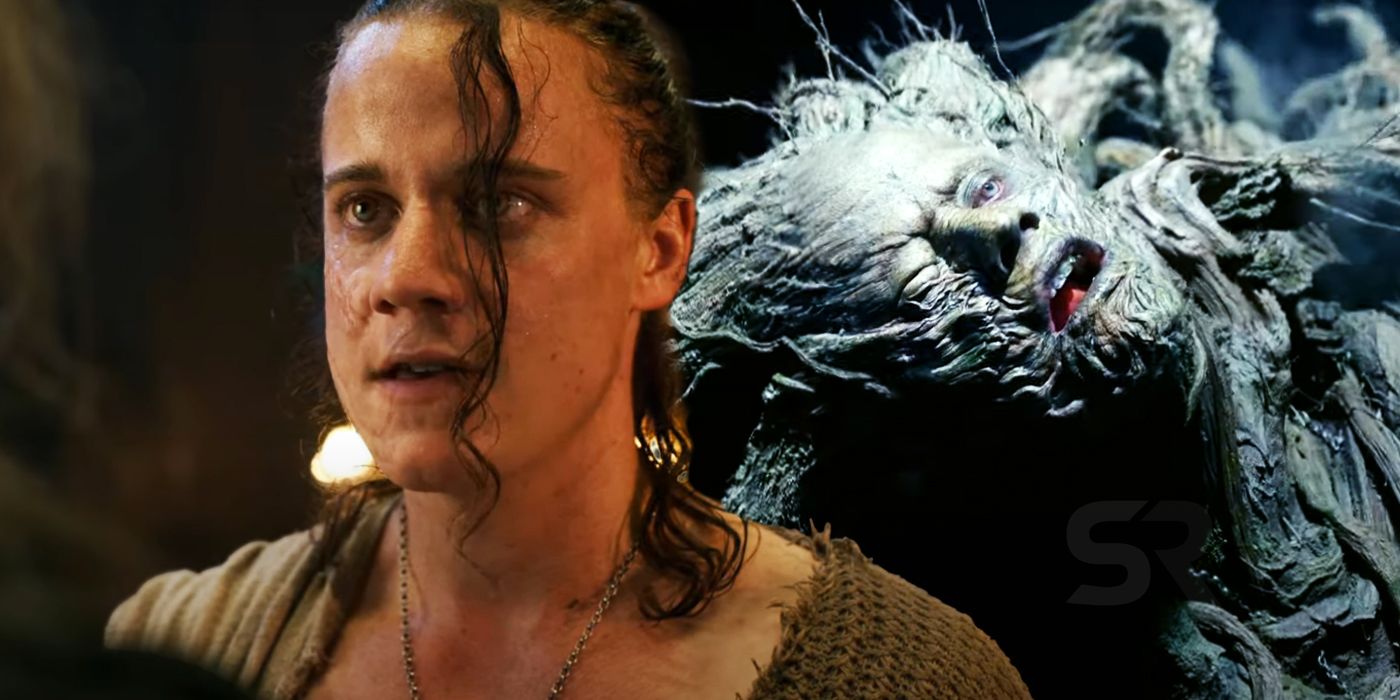The tragic death of a character always signifies a pivotal moment for the main character; and for Geralt of Rivia, killing his brother-in-arms set the pace for The Witcher season 2. Newcomer to the series, Basil Eidenbenz plays Eskel: a Witcher who is killed off anticlimactically in episode 2, season 2. The episode features a brief introduction of the surviving Witchers, including Eskel, who congregate in Kaer Morhen during the wintertime to heal and replenish their stocks.
Likened to Game of Thrones for its brutish fictional landscape and mythological richness, the high-fantasy Netflix series The Witcher follows the lives of Geralt of Rivia (Henry Cavill), Princess Cirilla of Cintra (Freya Allan) – the Child of Surprise, and mage Yennefer of Vengerberg (Anya Chalotra). While The Witcher season 1 offers its storytelling as a nonlinear journey without a cohesive timeframe, season 2 chose the opposite by condensing the episodic tales in the first few episodes (Nivellen and the Bruxa) to make way for the grand narrative, establishing the direction of season 3. The
Some criticism has claimed The Witcher season 2's greatest mistake was killing Eskel (Basil Eidenbenz) off so soon, but its real mistake was actually in cutting his flashbacks with Geralt (Henry Cavill). Although his death was essential to push Geralt’s narrative, the build-up to the moment lacked luster. Showrunner Lauren Hissrich admitted they made the conscious decision to cut Eskel’s flashbacks; sadly, it didn’t do The Witcher season 2 or the character any favors.
Among the many exciting new features of The Witcher season 2 was the introduction of more Witchers in the dark fantasy Netflix drama based on the phenomenal books of Andrzej Sapkowski. Season 2, episode 2 took Geralt and Cirilla (Freya Allan) to the Witcher’s keep across the Continent for the wintertime for the annual reunion with his brothers-in-arms. Eskel arrived at Kaer Morhen last and recounted his encounter with a monster called a leshy – the one that was later revealed to have infected him – that caused his delay. Based on the books and video games, Eskel and Geralt have always been close friends – more like brothers even. However, Eskel's Netflix iteration showed more of his infected hostile side rather than the weight of his brotherhood with the Witchers. As the episode progressed, Eskel transformed into a disfigured tree monster and attacked Vesemir (Kim Bodnia) – his Witcher mentor - and Geralt. Ultimately, Geralt killed Eskel in an act of mercy killing for the man who he once was.
While there was a lot of dissatisfaction surrounding Eskel’s recharacterization and abrupt ending, The Witcher season 2’s greatest mistake was not killing him off too early or even at all. It was cutting Eskel's flashbacks altogether that diminished his death to an anticlimactic episodic event. Although the show did try to rely on passing conversations to place at least some weight on his death, it didn't have the intended poignant effect due to a lack of emotional foundation.
Why Eskel's Flashbacks Were Needed In The Witcher
Geralt killing Eskel in Kaer Morhen in The Witcher season 2 should have been an emotionally-charged sequence for Geralt, Vesemir, and even Eskel considering their connections and relationships (Geralt and Eskel being the adoptive sons of Vesemir). Due to his limited screen time, however, and poorly navigated narrative in The Witcher season 2, episode 2, Eskel’s death was underwhelming. In the end, Eskel was little more than an underdeveloped plot device killed off just for the sake of prompting Geralt to finally begin Ciri's training in the art of combat. This disservice to Eskel’s character could've been avoided altogether if Eskel's flashbacks hadn't been cut, or, at the very least, if a few had remained to flesh out his relationship with Geralt. If more of the flashbacks had made the final cut, then Geralt’s character shift would have been more palpable – honoring both Witchers’ storylines better.
Granted that Eskel’s The Witcher season 2 storyline wasn’t even his to begin with, the least the show could have done was ensure that it provoked the correct sentiment and direction it required. In an effort to condense the story, The Witcher instead created a typical death scene of a monster who used to be the Witcher’s friend. In sacrificing Eskel’s character development, the show forgot that in order for a death to mean something, it should first have a heart.


